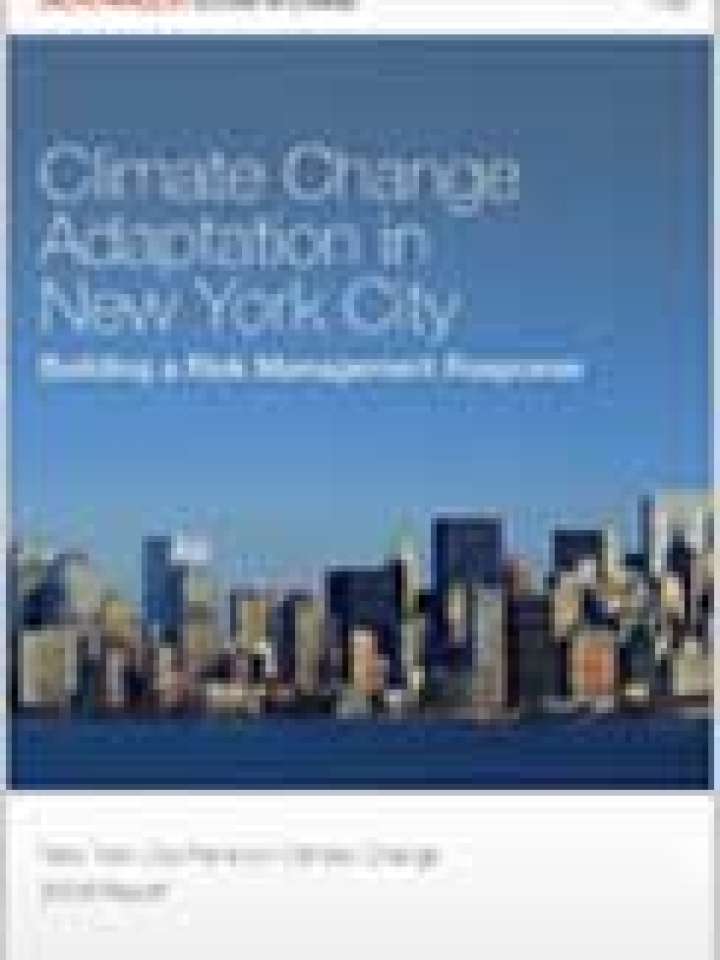Climate change adaptation in New York City: Building a risk management response
New York City Panel on Climate Change 2010 report, volume 1196:
This volume is a study on climate change and its impact, as well as a legal, insurance, and risk management expertise. It presents the report of the New York City Panel on Climate Change (NPCC), which goal is to contribute to an effective, ongoing, and beneficial process for responding to the risks that climate change poses on New York City in the coming decades. It includes New York City-specific climate change projections, tools to help entities identify climate vulnerabilities and develop adaptation strategies, and recommendations on how to foster an effective climate resilience program.
The report is aimed to lay the foundation for climate change adaptation in the city and created three workbooks to guide Task Force members in their climate change adaptation planning process. It highlights the key findings of the NPCC: (i) New York City should begin to adapt to climate change today; (ii) New York City already faces a number of climate risks even without climate change as a factor; (iii) Temperature increases and sea level rise are already occurring and, along with other climate changes, will continue to occur and accelerate in the future, leading to heat and heat waves, sea level rise and storm surge, and droughts and floods; (iv) there is a potential for “tipping points” in the climate system, such as a rapid melt of polar ice sheets, which would have a great magnitude of consequence on the city; and (v) To effectively respond to climate change, the City should develop Flexible Adaptation Pathways.
It also presents the many tools in place that can be used to facilitate climate change adaptation, such as existing risk and hazard management strategies, design standards, legal framework, insurance industry and other risk-burden sharing mechanisms, etc. Finally, it shares the recommendations arising from the NPCC work, including a broad range of policy-relevant suggestions, some focused on critical infrastructure and some focused on broader-scale actions, as well as key areas for further study that are needed to help the city develop a comprehensive, risk- and science-based adaptation program.
Explore further
